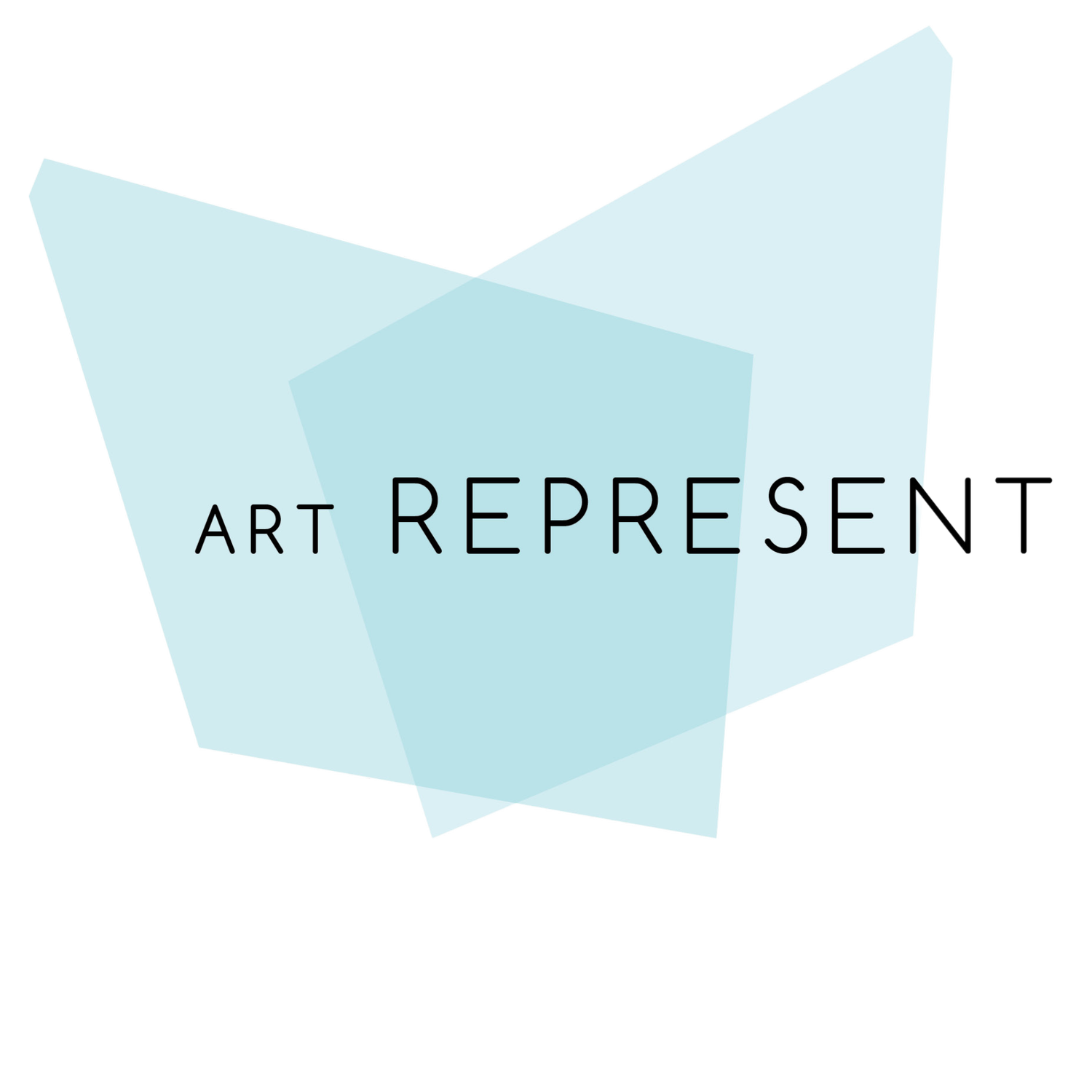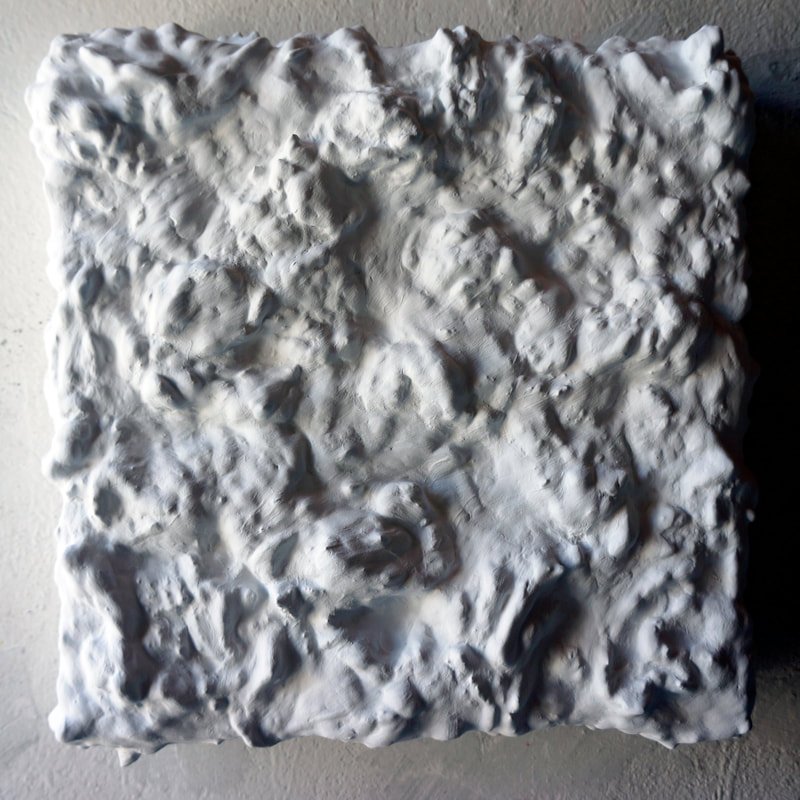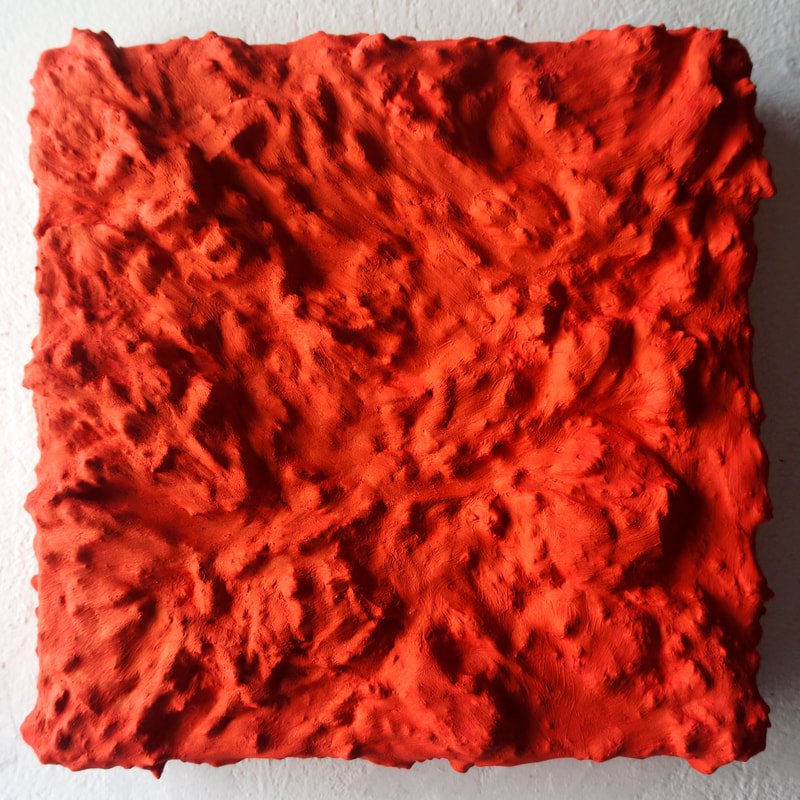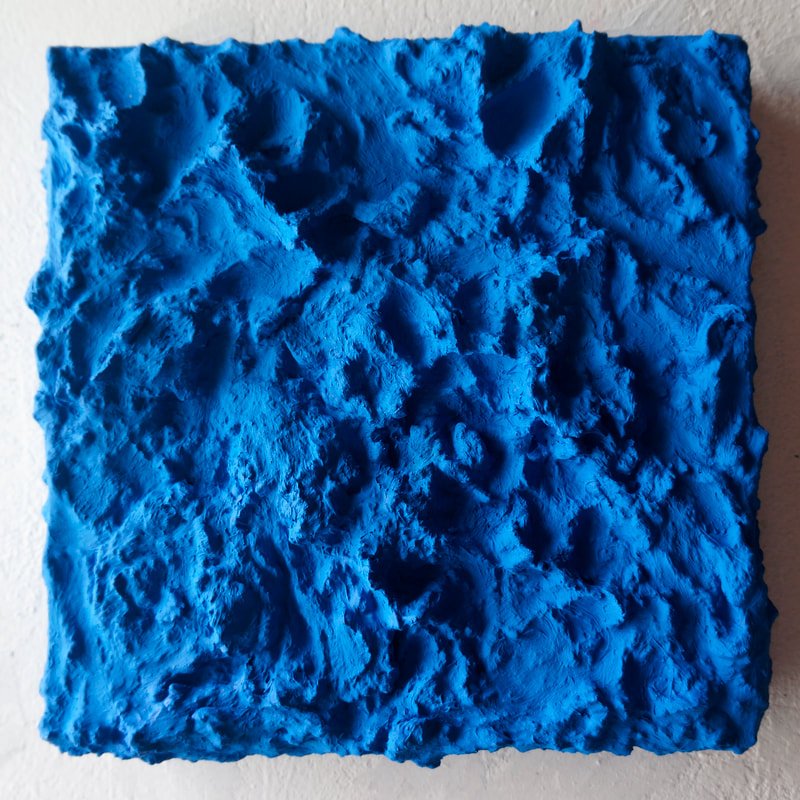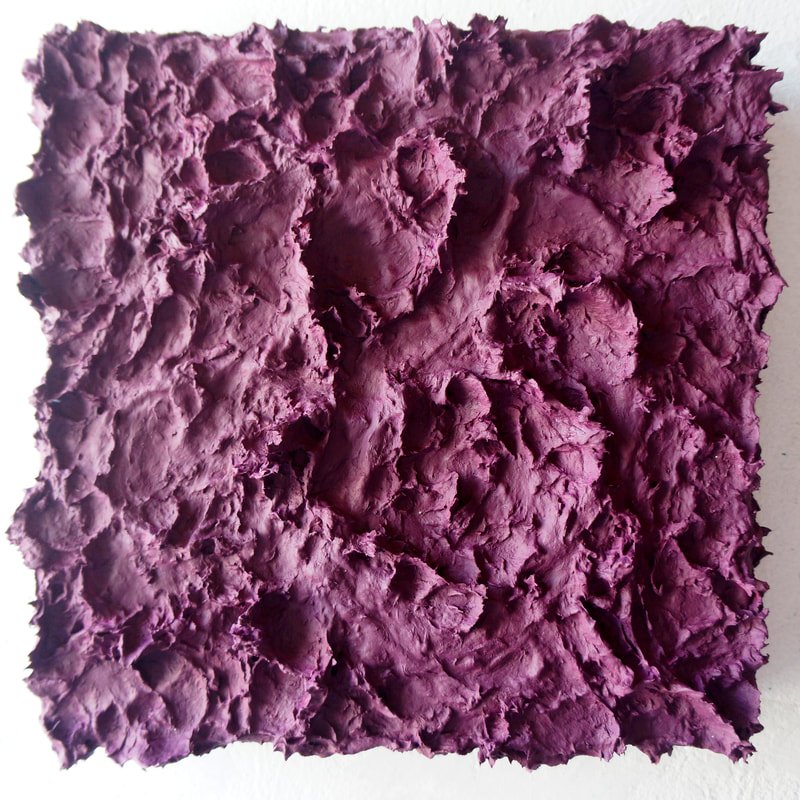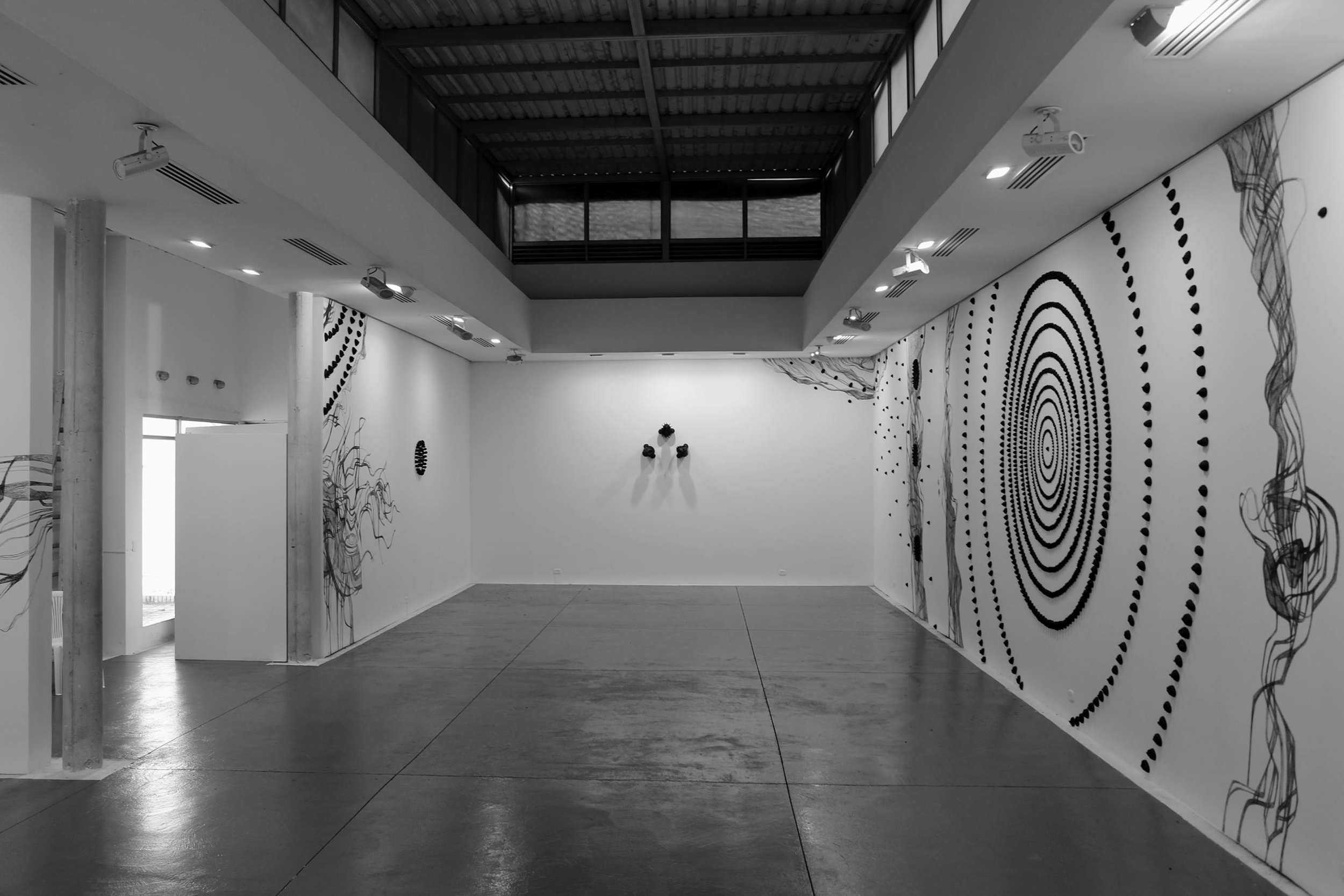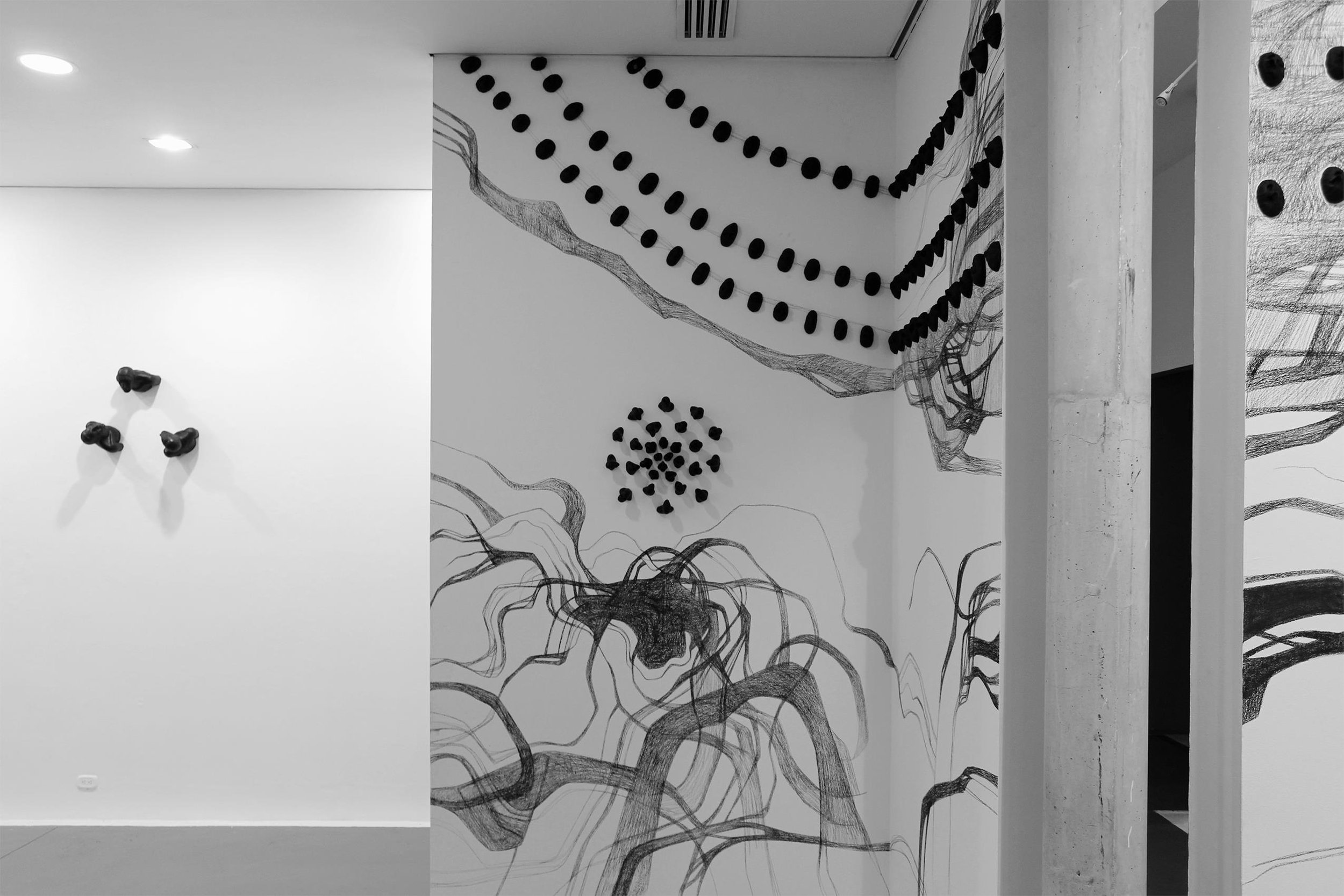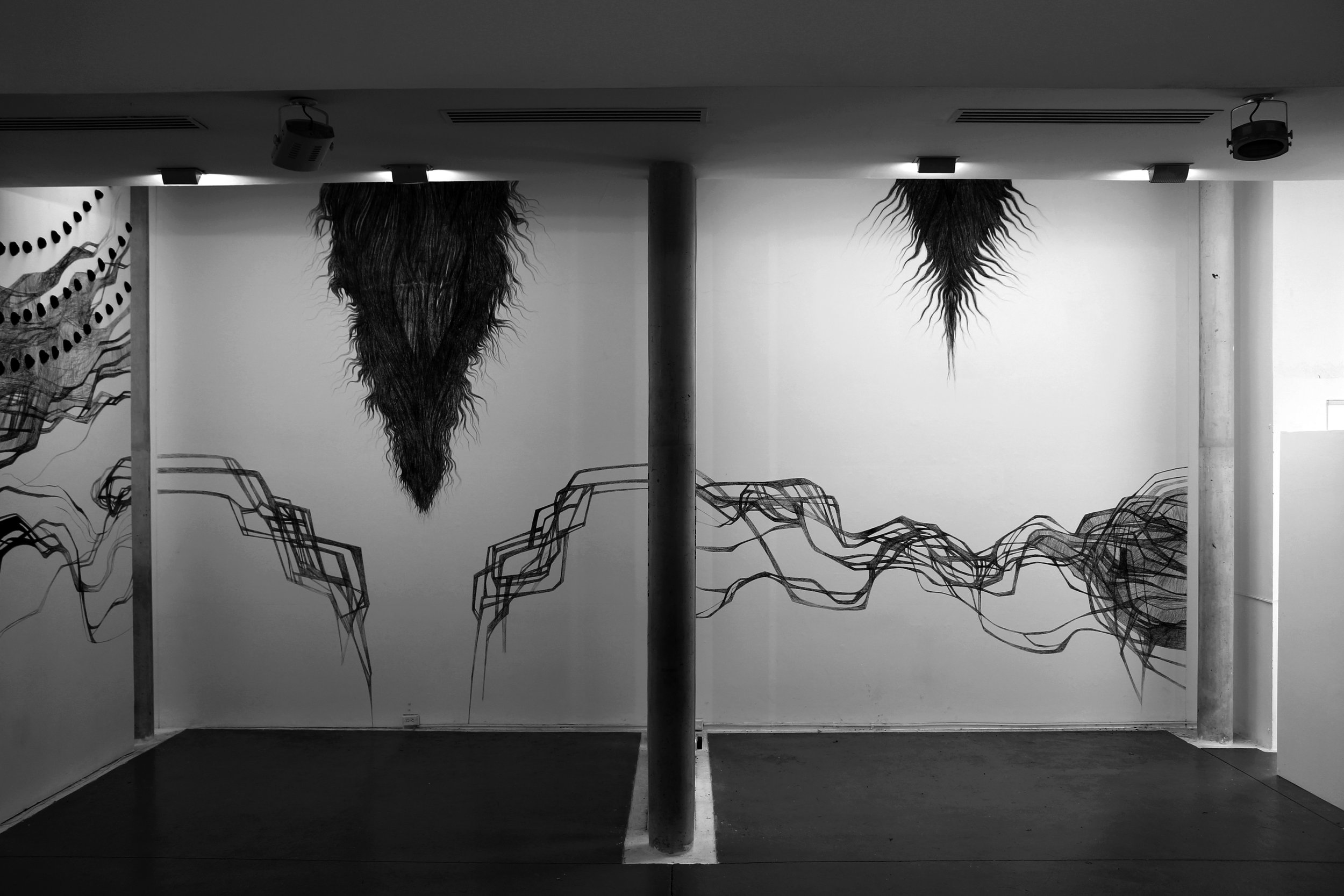Hugo Viana (Bogotá, 1973) and Alejandro Viana (Ibagué, 1976) are plastic and visual artists from Colombia. Together, they have developed a collaborative artistic production, using various media such as drawing, painting, sculpture, multimedia installations and in situ spatial interventions. In their works, Hugo & Alejandro probe the aesthetic boundaries of contemporary art through the use of anthropological symbols. ‘Our artwork is a blurred trace of images reflecting the immanence of the world. With our works we wish to capture a single instant of empathy: always intangible, ephemeral, changeable and eternal’.
Both their individual and collective projects have been commended within national and international curatorial project platforms. Furthermore, their artworks have been exhibited and catalogued by cultural centres, galleries, and museums and have also been included in both public and private collections of Argentina, Peru, Colombia, Mexico, Cuba, United States, Sweden, Belgium, Germany, France, Italy and Spain among others. Currently, the Viana brothers live and work in Colombia.
1. When did you start working together?
It's very familiar to live and work so close. When we studied visual arts and art production at the art academy, we decided to start working together as an artist duo to formulate individual and collaborative art projects. In fact, we have been doing this for over 25 years.
2. How did you work together on one artwork?
It's not just an artwork realised by two artists, is more a process, it´s really different. We thought in development phases for art production and that include study and search, texts and designs, projection, planification and execution as well a bit of improvisation for each art project, including their dimension and exhibition possibilities, starting with a simple idea, sketch, spatial model, study of materials, construction process and visual design for its exhibition and circulation, working in drawings, paintings, sculptures, installations and site-specific artworks, specifically to configure a full body of artworks. Besides, in this process is evident a kind of interaction between art production, architectural design and spatial intervention, since a particular curatorship project, including theoretical texts, artwork images, web and graphic design, production and museographic studies for every exhibition room, et cetera. That's the result of each art project executed over a long period of time.
What's the difference in the artworks between those you did alone and those you did together?
Don't exist any differentiation. For us, each of the artworks contains a specific space and time that we define as an instant of empathy, a poetic gesture, a mental extension and a trace or sign of the artist's body itself, such full of energy, experience and presence. Each of them can be a reflecting image within the world of the human being. It's a particular state of consciousness that the same spectator may be feeling in every work of art, at that particular moment, as an act of contemplation, introspection and experimentation.
3. When do you know the artwork is finished?
That's illusory and relative because we are working on ephemeral works and long-term art projects, thinking about a particular poetics of space and time. Perhaps, you can start it as well never conclude it. It's a simple lapse of space and time in a site-specific artwork produced by visual artists.
4. When did you know that visual arts will be a serious part of your life?
Well, for us, visual art is an archaic way of knowledge for understanding and explaining what are you doing as a human being in this world. It's even the most primitive technology that has been known from a pareidolia to a hunting signal, in addition, it's a kind of spirituality, inner energy or irradiation that emerge in each individual artist, which can be as strong as it's very fragile, like two opposing and complementary forces of attraction. It's the intuition of human nature that answers the question of what's its true purpose in this limited period of human experience in the cycle of life.
By Jonathan Reissinger
